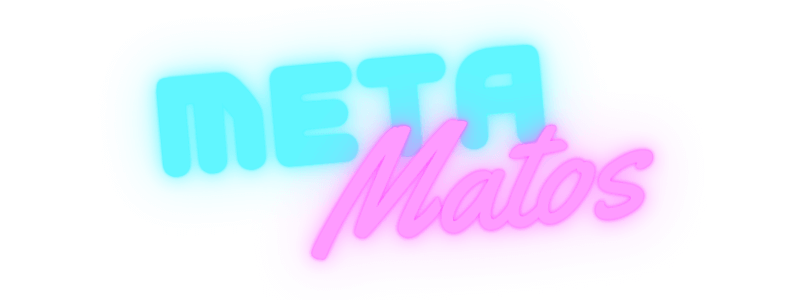Web 3.0 vs. Web 2.0: Understanding the Key Differences
The evolution from Web 2.0 to Web 3.0 represents significant shifts in how the internet operates, focusing on user interaction, data management, and technological underpinnings. Here’s a breakdown of the key differences:
- User Interaction and Content Creation:
- 2.0: Known for its interactive and social nature, Web 2.0 allowed users to not only consume but also create content. This era saw the rise of social media, blogs, and user-generated content platforms where interaction was facilitated through centralized platforms.
- 3.0: Moves towards a more personalized and intelligent interaction. It leverages AI, machine learning, and semantic web technologies to understand and generate content tailored to individual user needs, enhancing user experience through more intuitive and context-aware interactions.
- Data Management and Ownership:
- 2.0: Data is largely controlled by centralized entities (like big tech companies). Users interact with services where their data is often mined for advertising or other monetization purposes without direct compensation or control over their data.
- 3.0: Emphasizes decentralization. Here, users have greater control over their data through technologies like blockchain, which enables secure, transparent, and decentralized data storage. This shift aims to give users sovereignty over their digital identity and data, reducing reliance on centralized authorities.
- Technological Foundations:
- 2.0: Relies heavily on technologies that enhance user interaction (like AJAX, JavaScript frameworks) but within a centralized framework. The focus was on making the web more dynamic and interactive.
- 3.0: Integrates blockchain, AI, and machine learning not just for interaction but for creating a more autonomous and intelligent web. Blockchain introduces concepts like smart contracts, enabling trustless transactions and decentralized applications (dApps), while AI enhances content delivery and personalization.

- Economic Models:
- 2.0: The economic model often revolves around advertising, where user data is the product. This model has led to concerns over privacy and data exploitation.
- 3.0: Proposes a model where users can directly benefit economically from their data and content through tokenization, decentralized finance (DeFi), and other blockchain-based incentives. This could potentially democratize the internet’s economic benefits.
- Philosophical Approach:
- 2.0: Focused on connectivity and community, but within the bounds of centralized platforms which could limit freedom and innovation due to gatekeeping.
- 3.0: Aims for an open, permissionless, and trustless environment where innovation and participation are not gatekept by centralized entities. The vision is towards a web where every user can interact directly with the infrastructure without intermediaries.

The transition to Web 3.0 is not just a technological upgrade but a philosophical shift towards a more user-centric, decentralized, and intelligent internet. While Web 2.0 revolutionized how we interact with the web, Web 3.0 seeks to redefine who controls it, how data is managed, and how value is distributed across this digital landscape.
The transition from Web 2.0 to Web 3.0 is not just a technological shift but a philosophical one, centered around the concept of ownership and control. Web 2.0, with its emphasis on user-generated content, inadvertently led to the centralization of data in the hands of a few tech giants. These platforms, while providing free services, often monetized user data through advertising, leading to privacy concerns and data breaches. Web 3.0, in contrast, aims to return control to the users through decentralized technologies like blockchain. Here, users can own their data, interact directly with services without intermediaries, and even monetize their contributions through token economies. This shift towards decentralization promises not only enhanced privacy but also a more equitable digital economy where value creation is distributed among participants rather than concentrated in corporate entities.
Moreover, Web 3.0 introduces a level of intelligence and automation into web interactions that Web 2.0 could only hint at with its initial forays into AI and machine learning. The integration of AI in Web 3.0 goes beyond mere personalization of content; it aims at creating a semantic web where machines understand and process information with near-human efficiency. This could lead to highly personalized user experiences where the web anticipates needs, offers solutions proactively, and integrates seamlessly with the physical world through IoT devices. This evolution towards an intelligent web could revolutionize sectors like healthcare, education, and commerce, by providing data-driven insights and automating complex decision-making processes, thereby enhancing efficiency and user satisfaction in ways not possible in the Web 2.0 paradigm.
